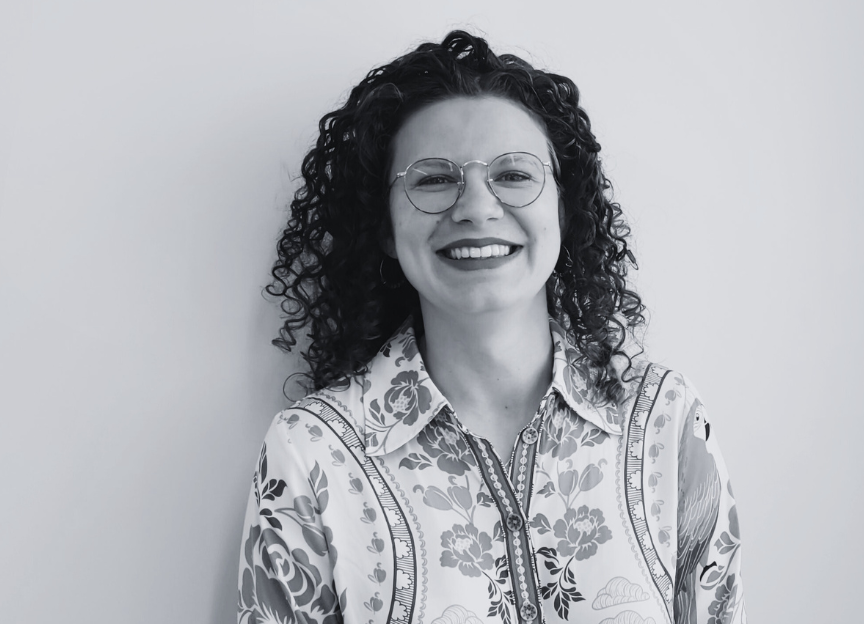
Until the early 1980s, there were few community organizations in Ville-Émard/Côte St-Paul. However, with the evolution of the district, in particular its impoverishment, the aging of its population and its environmental challenges, new needs have arisen. In order to deal with this, the idea of involving all the players in the community in a consultation process via a neighborhood table has emerged. This dynamic gave birth to Concertation Ville-Émard/Côte St-Paul in 1992.
The objective of the neighborhood tables is to contribute to the improvement of the living and environment conditions of the ditrict's populations. These are local intersectoral and multi-network consultation groups. They bring together actors from the neighborhood from various walks of life: Community organizations, institutions, cultural, business, and, above all, citizens.
Together, the partners draw up a portrait of the neighborhood then organize various consultations with the population in order to find out about local concerns (forums, surveys, etc.).
They then determine priorities for action in different areas: housing, urban planning, food security, situation of seniors and families, environment, transportation, etc.
For more than 30 years now, Concertation Ville-Émard/Côte Saint-Paul has been a key player in the local development of its community.
Consult and educate citizens on neighborhood issues.
Bring together people (community groups, institutions, business people, citizens) to identify, analyze and share neighborhood issues.
Support members in their initiatives and actions.
Promote the positions of its members.
1
Action made for the collective mission of Concertation while respecting people and their organization.
2
Give yourself the power to get involved, to express yourself, to share opinions, to decide, to inform and to be informed, to assume the decisions made by the members of Concertation while remaining united.
3
Get involved, do your best and act by prioritizing the collective well-being of the citizens in the neighborhood.
Claudia Ouamabia, présidente
Directrice générale, Centre d’aide à la réussite et au développement (CARD)
Dave Mitchell Adolphe, vice-président
Directeur général, Prévention Sud-Ouest
Yanet Torres, Treasurer
Directrice générale, Maison Répit Oasis
Aude Husson, Secretary
Directrice générale, Station Familles
Maxime Gervais, Administrator
Citoyen Ville-Émard/Côte St-Paul
Annie Jacob, administratrice
Codirectrice, Maison d’Entraide Saint-Paul & Émard

General Coordinator

Development Agent - Youth and Family/Early Childhood




Côte St-Paul appears for the first time on a map of the island of Montreal dating from 1702. Mainly agricultural until 1820, the district entered the industrial era with the digging of the Lachine Canal. Attracted by hydraulic power and the convenience of transport, major industries settled on the banks of the canal, profoundly modifying the identity of the district. A few farms continued to exist until the late 1800s.
In the early 1900s, the industrial revolution marked the neighborhood and changed the way of life of the citizens. Through the two great wars and the economic crisis of 1930, Côte St-Paul made the most of local industrial and commercial activity thanks to its privileged location on the banks of the Lachine Canal.
The opening of the St. Lawrence Seaway in 1959 shaped this economic vigor in a different way, the canal lost its role as an industrial catalyst. The large industries already established are running smoothly; the industrial age is certainly at its height, but here and there signs announce its decline.
The construction of Autoroute 15 and the Turcot interchange in the mid-1960s greatly disrupted the northern part of the district, which entered into a dynamic of urban and social devitalization.
In addition, the economic crisis of the 1980s hit the South West hard. We are witnessing the departure of many residents to other Montreal neighborhoods or even the suburbs. The last major industries in the Southwest neighborhoods (Coleco, Consumers Glass, Northern Electric, Simons, Sidbec, Dosco) are drastically reducing their activities, victims of the recession years, their aging infrastructures and their inability to take the technological turn.
During these difficult years, boulevard Monk experienced a decline in commercial activity, accentuated by the establishment of the Carrefour Angrignon shopping center. The other commercial arteries of the district are experiencing the same decline. In 2003, the northern part of Côte Saint-Paul was recognized as one of the first integrated urban revitalization zones (RUI) in the city of Montreal.
Little by little, the neighborhood is raising its head. Concerted actions to support local development, new public facilities and the development of several community organizations have positive effects on the well-being of residents. The momentum is picked up, the decay is reversed.
In addition, the neighborhood knows how to take advantage of its enviable geographical location, the presence of 3 metro stations on its territory and the Lachine Canal to attract new residents happy to find a neighborhood on a human scale and safe. Although it is often little known to other Montrealers, the Ville-Émard/Côte Saint-Paul district knows how to promote its attractions to those who choose and live there.
Source : Nicole Mousseau and Martin-Philippe Côté